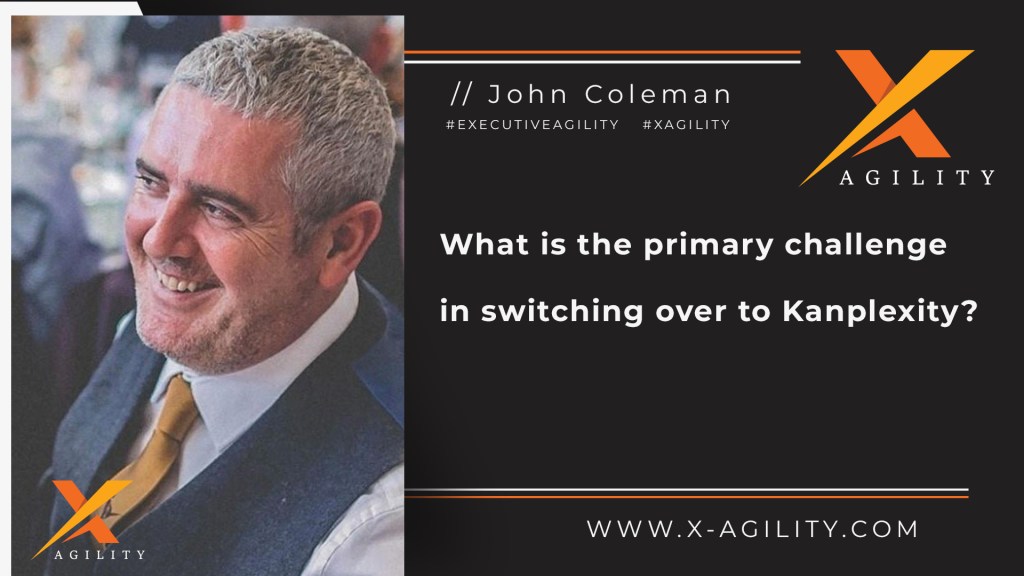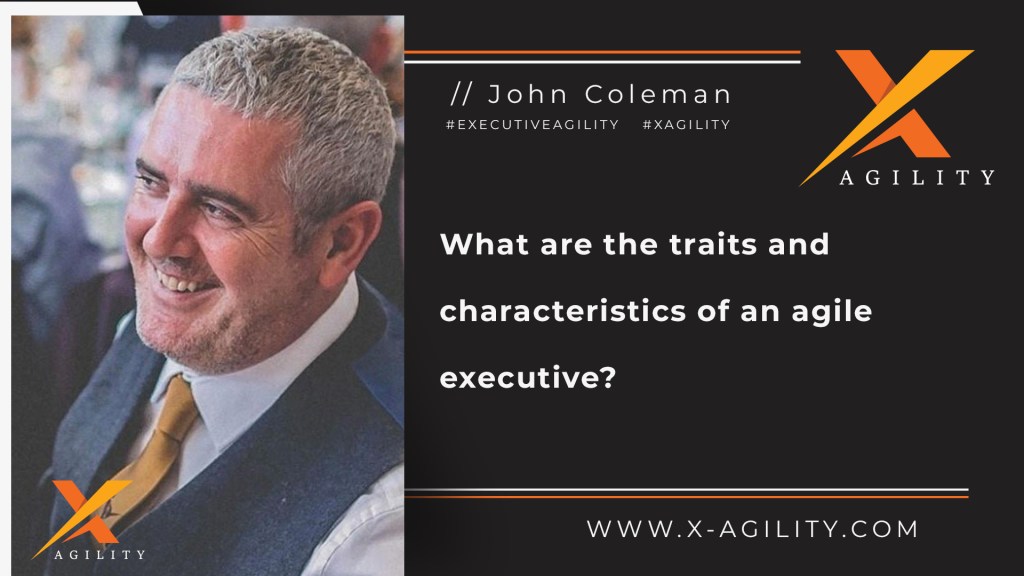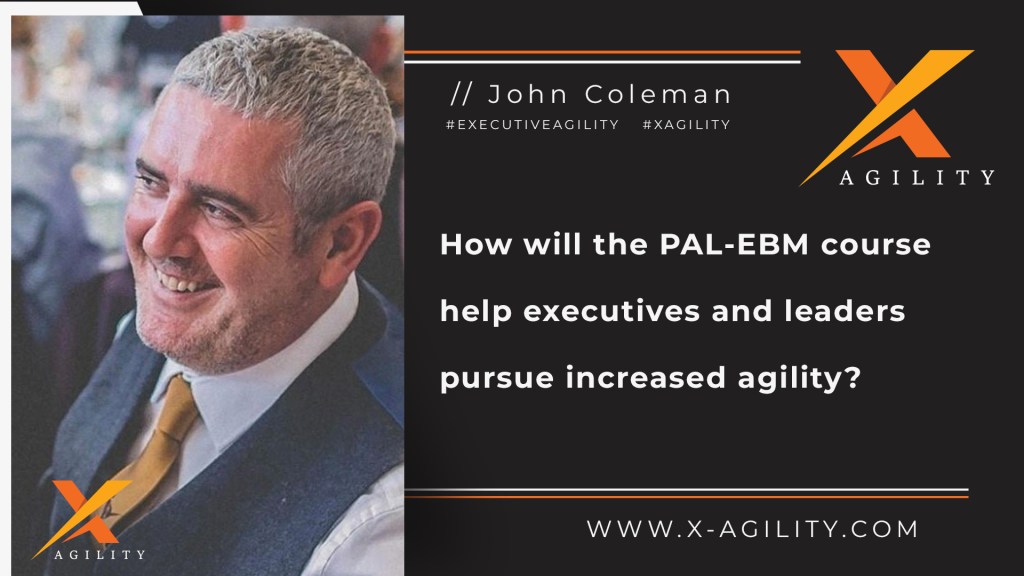Six month rallying cry!
I wanted to talk about something I read from Patrick Lencioni – a leadership thought leader and author of book ‘The five dysfunctions of a team’ – that had a significant impact on me.
Patrick talks about the importance of a rallying cry to inspire teams, and I’ve put my own little twist on that, recommending a six-month rallying cry for agile teams, executives, and leadership teams.
So, what is a six-month rallying cry?
I’ve worked with some organizations where there are several competing priorities. Each priority is incredibly important to a specific person or team, but none of them are ordered and ranked in terms of importance and in relation to how much value will be contributed to the organization or customer.
So, what is wrong with this picture?
- Lack of focus for teams, executives, and agile leaders.
- Too much money being invested in low value and competing priorities.
- Throwing lots of output without understanding how they contribute value.
If you really want to succeed as an agile executive or agile leader, you must be focused.
And that means,
- Coming up with a direction of travel
- Setting goals that
- Can change, it’s malleable.
- Is frequently discussed.
- Is specific.
- Is ambitious.
- Is measurable.
- Is something that achieves buy-in and support from everyone in the team
- Is something that everybody understands needs to be achieved and why that is a priority.
David Marquet refers to this as Intent Based Leadership.
He has a slightly different way of talking about this style of leadership but in essence, it is coming from the same premise.
Simon Sinek speaks about the importance of ‘starting with why’ and that is something I would encourage you to do. Start with why this priority is critical to the success of the team or the organization and define why the team need to focus on this priority.
Try co-create the direction of travel with fellow agile executives and leaders, and include colleagues and experts in that decision. Try to involve at least 3 levels of the organization in defining and setting the direction of travel to make sure that you have buy-in and support for that direction of travel.
Doing this will result in the creation of a compelling direction of travel that achieves buy-in, support and commitment from everyone in the organization and becomes a rallying cry for the next six months.
A vision and purpose that inspires the team and team of teams to really dig deep and deliver the best work they are capable of.
I do understand that you are not always going to make or keep everyone happy when deciding on the top-level priority, but you need to make the effort regardless. People may disagree with you during the co-creation phase but once the direction of travel is decided, it is important that people commit to that priority and focus their efforts exclusively on achieving that goal or objective.
Seek and obtain alignment around a key focus.
There is nothing wrong with changing the key focus, once every six months, to maintain balance and keep stakeholders, sponsors and contributors motivated, inspired, and committed.
Sure, their key focus may not be the organization’s focus for the next six months, but it may well be the focus of the next six-month drive.
As the organization, teams and individuals understand the importance of a key focus and rallying cry which earns and commands everyone’s best effort and contribution, people will see the value of taking such a stance and lobby enthusiastically for their key focus to be the next rallying cry.
Maybe the organization focus on milking the metaphorical product cow for six months and follow that up with a period of intense innovation for the following six months. Maybe it’s developing capability in one semester and focusing on increasing velocity in the following semester.
Many organizations do try focus on all four key areas at the same time, but I put it to you that it is both ineffective and counterproductive to try do so. Chasing competing priorities and being pulled in multiple directions does not inspire or enable high performance.
Great organizations tend to focus on a specific key focus or objective that will help them meet and exceed customer and end-user needs.
The Agile Manifesto speaks about the importance of creating products and services that truly delight customers, frequently and consistently, and that is what we should be aiming to do.
So, give it a go.
Create a six-month rallying cry, get your teams onboard, and document the results and outcomes of that period to compare with previous semesters. The data and evidence will provide all the support you need to create the next six-month rallying cry.
About John Coleman
John Coleman has deep experience and expertise working with executives, #leadership teams and product development teams to achieve increased #businessagility and create environments where creativity and collaboration produce high-performance teams.
If you are interested in helping your team or organization achieve greater agility and want to explore agile training options, visit our training page.
If you value coaching and would like to work with a deeply experienced agile and executive coaching specialist, visit our coaching page.
If you are looking for an expert agile consultant that can help your leadership team identify an appropriate roadmap to business agility and take the most effective course of action in your agile transformation, visit our consulting page.
#agile #leadership #agileleadership #certifiedagileleadership #professionalagileleadership #psm #psm2 #scrum #scrumorg #xagility #executiveagility #xagility





